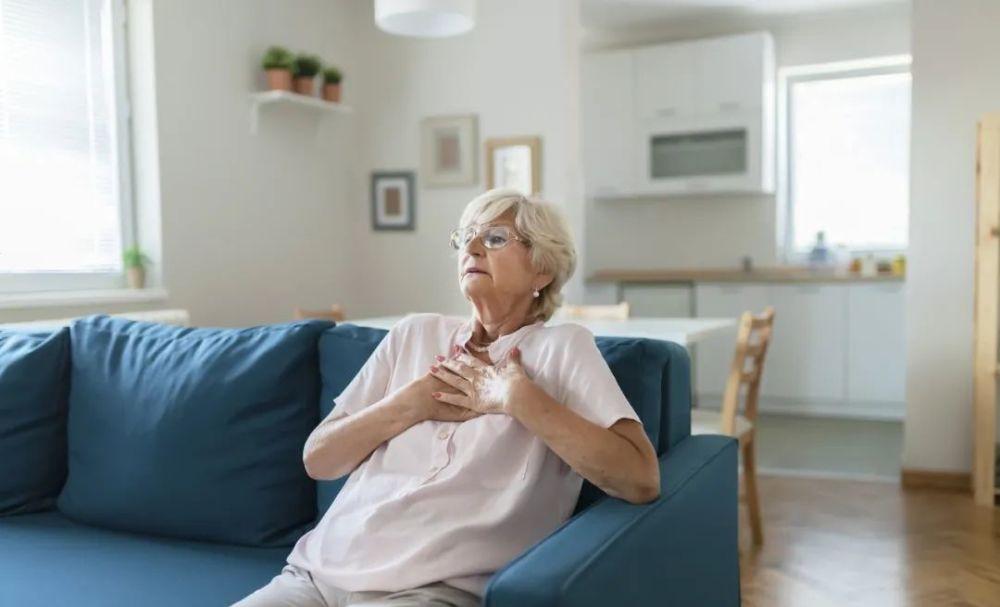The factor most associated with cancer incidence is age, and cancer rates can grow rapidly after the age of 40, both men and women. One-third of lung cancers, which have the highest morbidity and mortality rate, are over the age of 75.

After the diagnosis of lung cancer, it is necessary to stage according to the metastasis of the lesion, among which stage III lung cancer refers to locally advanced lung cancer.
In general, most of the patients with stage III non-inoperable lung cancer use traditional chemotherapy, radiotherapy and other treatment methods, or targeted drugs and PD-L1 immune checkpoint inhibitors for immunotherapy, which can effectively improve the survival of patients. However, for elderly lung cancer patients, due to poor physical fitness, there will be some controversy when choosing a treatment plan.
What are the combinations of radiotherapy and chemotherapy?
Let's first look at several ways in which radiotherapy and chemotherapy are used in combination:
Alternate therapy: if the patient is going to undergo 6 rounds of chemotherapy, then the chemotherapy is interspersed in the middle of radiotherapy. For example, radiation therapy is given after the end of the second chemotherapy, and chemotherapy is given after the end of radiotherapy.
Sequential treatment: Radiation therapy is given after the patient has completed all chemotherapy. In this study, sequential treatments were initiated at intervals of more than 30 days.
Simultaneous therapy: radiation therapy and chemotherapy are performed simultaneously at the beginning of treatment. In this study, simultaneous therapy was defined as a 30-day interval between radiotherapy and chemotherapy.
The above three treatment measures, in clinical application, are generally based on sequential treatment and synchronous treatment. However, because there are some adverse reactions in both chemotherapy and radiotherapy, it has been controversial whether to choose synchronous therapy or sequential treatment for elderly patients over 75 years old. A recent study gave the answer to this question.
Concurrent chemoradiotherapy is more beneficial than sequential chemoradiotherapy
Of the 750 patients diagnosed with stage III non-small cell lung cancer, 442 received concurrent chemoradiotherapy and 308 received sequential chemoradiotherapy. The researchers analyzed and studied the survival and risk of death in these patients.
Figure 1. Survival curves of different treatment modalities for stage III lung cancer younger than 65 years old
The results showed that the risk of death from concurrent chemoradiotherapy decreased (HR decreased by 0.68) compared with sequential chemoradiotherapy, and this difference was not related to age, and even in 75-year-old patients with lung cancer, simultaneous chemoradiotherapy had a better survival benefit than sequential chemoradiotherapy.
The median survival was 1036 days for patients receiving concurrent chemoradiotherapy and 760 days for patients receiving sequential chemoradiotherapy.
Figure 2. Different survival periods of radiotherapy and chemotherapy measures for stage III lung cancer at different ages
In addition, older patients who received concurrent chemoradiotherapy did not show greater adverse effects. Therefore, the researchers believe that for patients with stage III lung cancer, regardless of age, they should focus on synchronized radiotherapy and chemotherapy, and older patients will also benefit from synchronous treatment, and adverse reactions are controllable.
revelation
In the treatment of tumors, patients and families will face many choices. If sequential chemoradiotherapy and simultaneous chemoradiotherapy are in front of them, for advanced patients with stage III lung cancer, they will worry that the simultaneous treatment will cause greater adverse reactions that the patient cannot bear, so they will choose sequential chemoradiotherapy.
From the research data in the article, the proportion of adverse reactions between the two treatment methods is not much different, and synchronous radiotherapy and chemotherapy make the survival benefit of patients better and the risk of death decrease, which is exactly what we hope to achieve. In addition, after concurrent chemoradiotherapy, PD-L1 immune checkpoint inhibitors can be used sequentially to better benefit. If sequential chemoradiation is performed, the duration of treatment with PD-L1 inhibitors will be prolonged, which is not conducive to the formation of synergistic effects and the efficacy will also be affected.
Therefore, no matter what age of patients, in the actual treatment should communicate more with the attending doctor, choose a more scientific and more suitable treatment plan, and strive to get the greatest survival benefit.
bibliography:
Drs. M.E. Logtenberg,et al., Benefit of concurrent versus sequential chemoradiotherapy in elderly patients with stage III non-small cell lung cancer,Clinical Lung Cancer,2021
Source | Cancerousness